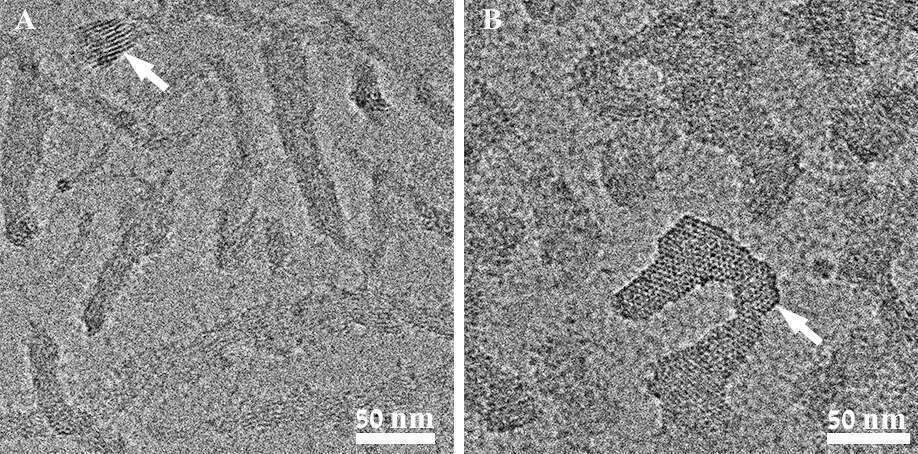
POLYELECTROLYTE COMPLEXES OF QPDMAEMA-b-POEGMA WITH DNA AND THE EFFECT OF SERUM ALBUMIN
2Theoretical and Physical Chemistry Institute, National Hellenic Research Foundation, 11635 Athens, Greece
Quaternized poly(2-(dimethylaminoethylmethacrylate)-b-poly(oligo(ethyleneglycol) methylethermethacrylate) (QPDMAEMA-b-POEGMA) is a block copolymer that consists of a charged segment and a hydrophilic segment. QPDMAEMA has a positive charge, and it can electrostatically interact with oppositely charged polymers, such as DNA, to form a complex, also known as polyplex. This complex is stable in aqueous solution due to the hydrophilic segment, POEGMA, which is also a biocompatible polymer. The complexes of QPDMAEMA-b-POEGMA and DNA can be used as non-viral gene delivery systems. Those complexes are essential for preventing rapid DNA degradation in vivo, thus enhancing transfection efficiency. However, currently used polyplexes show limited transfection efficiency, which may partially be due to their interaction with blood proteins, such as serum albumin. These proteins can lead to lipoplex dissociation before they reach their target cells.
We used cryogenic transmission electron microscopy (cryo-TEM) and small-angle x-ray scattering (SAXS) to study the morphology of the polyplexes at different charge ratios. The results show that lamellar and hexagonal structures are formed depending on the charge ratio, as shown in Figure 1. The morphology of the complexes was examined by cryo-TEM after mixing them with bovine serum albumin (BSA). The study of these morphologies and the effect of BSA on them is important for better design of complexes of genetic material for gene therapy.

Figure 1. Complexes of QPDMAEMA-b-POEGMA with DNA: (A) Charge ratio of 0.5 shows lamellar structures (arrow); (B) Charge ratio of 4 shows hexagonal structures (arrow).